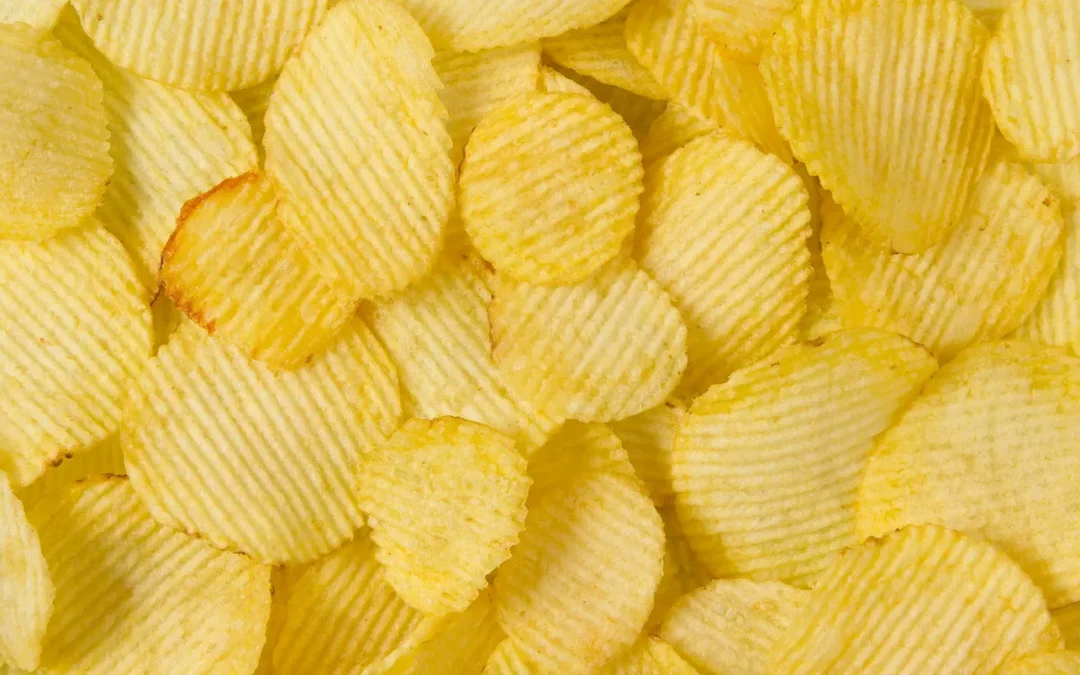I chew a lot of gum. Like, a lot.
Until recently, I didn’t think much of it. I just figured I was “a gum person.” Extra Watermelon? Always in my pocket.
But lately, as I’ve been exploring my own restlessness more deeply, I’ve started to get curious: What’s really behind all this gum chewing?
Because when I pause and really look, I can see—it’s not just about the gum. It’s an automatic response to an urge. I was challenged to give up gum for a week to explore what happens, and here is when I felt the strongest pull to my gum cabinet:
When I wanted to eat something after a meal, but I wasn’t hungry.
When my boys were arguing and I felt overwhelmed.
In a social setting where I was feeling awkward.
If you’d prefer to listen to my conversation about this topic, our latest Love You More Podcast discusses urges, too!
I had many thoughts like – I mean, is gum really a problem?! No. It’s not harmful or disruptive. And maybe it even gives me great breath. 😉 But even the smallest coping habit—when they show up as a way to avoid discomfort—can be an invitation. An invitation to be present with what’s actually happening in the moment.
And while gum doesn’t yank me completely out of the moment, it does feel like a mini escape.
Because underneath every urge, there’s usually a feeling. And the things I do—chewing gum, checking email, ruminating on a problem—often keeps me from noticing the energy in my body, the feeling that wants to be felt.
In Sessions with Clients
I love talking about urges with clients—because we all have them.
For some, it’s:
- The compulsion to do something—anything—when we feel bored, restless, lonely, or just… off
- The evening glass of wine
- The handful of snacks while cooking dinner
- The scroll session that starts as a break and ends in a time warp
Seeing It Differently
The strategies I USED to use with clients—and myself—focused on avoiding the urge altogether and/or changing the environment.
My clients came up with ideas, too:
“I’ll just keep it out of the house.”
“FYI – I just can’t buy Girl Scout cookies. If they’re there, I’ll eat the whole sleeve.”
“I’ll just leave the room (or house!).”
One client used to leave her house every afternoon between 3 and 5 pm—when her kids got home from school and she felt the most overwhelmed. Getting out helped her avoid stress-eating.
“I’ll enlist others.”
When I was shifting my relationship with alcohol, I’d ask my husband not to bring wine to the table. “Just leave it in the other room,” I’d say. “If it’s in front of me, I’ll pour it without thinking.”
These strategies aren’t wrong, and they can help. But they also start to feel like a full-time job—constantly trying to outsmart our own impulses.
And even then… the urge still shows up.
What Comes Before the Urge?
If you’re reading this and want to work with your own urges, here’s the truth: it’s not just about reading. (Believe me, I’ve tried that route.) This kind of learning doesn’t happen in your head. It happens when you try it on for size.
So here’s a small experiment to try:
Next time you feel an urge—whether it’s to snack, scroll, or sip—see if you can slow the moment down just a little. Ask yourself:
What’s here right now?
Boredom?
Overwhelm?
Loneliness?
Restlessness?
Sadness?
Then ask an additional question: How do I know that’s what I’m feeling?
What does it feel like in my body?
- A tight chest
- Buzzy energy
- Heaviness behind my eyes
- Tension in my shoulders
- An unsettled feeling in my belly
And, see what it feels like for all of it to be there! The sensations, thoughts and urges.
And here is the hard part – don’t reach for the thing – the gum, phone, cookie…
Instead, see what it feels like to not reach.
That’s the moment where a new choice becomes possible.
Not because you fought the urge.
Not because you out-planned it.
But because you felt it.
The Ocean and the Waves
I like to think of our deeper self as an analogy of the ocean—calm, still, expansive.
And urges, emotions, feelings? They’re just waves.
Sometimes big like rage.
Sometimes gentle ripples of restlessness.
Most important? No wave lasts forever.
What makes the waves crash louder is the mind’s commentary:
“I always overeat.”
“My kid is going to struggle with this forever.”
“Why did I say that?”
Thoughts will be there. Just put them in the waiting room and let the sensations of the body be in the main office.
Also…Try This When Life Feels Easy
Try noticing your body and its sensations in the easy times! You’ll build muscle memory so that next time a wave rolls in, you’re more familiar with what it feels like to stay with it.
And if, just once, you pause before picking up the phone, the cookie, the wine, the gum… and instead feel what’s underneath?
You might notice something surprising:
You’re safe.
The feeling moves.
You’re on the other side of it.

